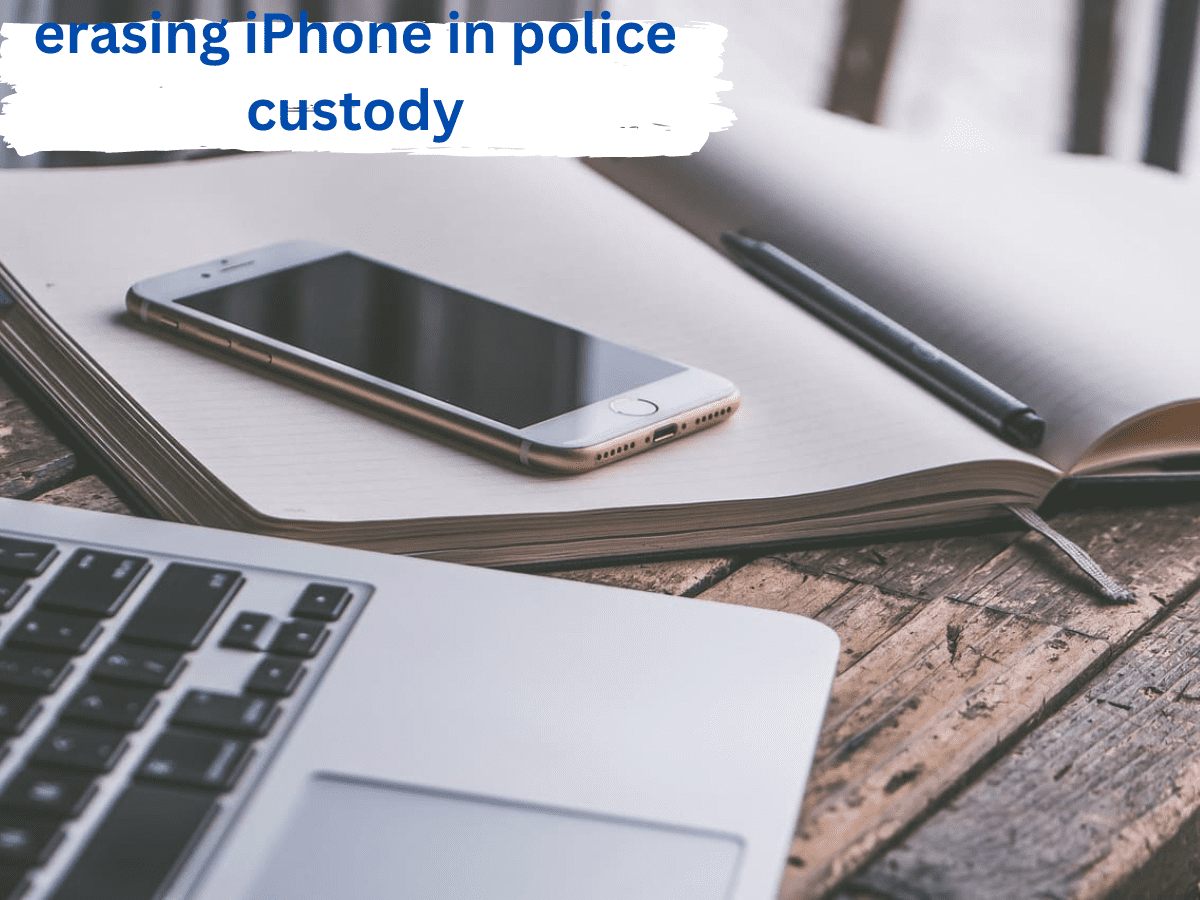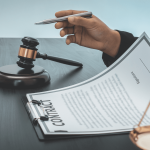Introduction: erasing iPhone in police custody
In an increasingly connected world, our smartphones have become repositories of personal information, from cherished memories to sensitive data. However, circumstances may arise where law enforcement agencies require access to these devices as part of an investigation. As a responsible citizen, it’s important to understand the procedures and implications of erasing an iPhone while in police custody. In this article, we will explore the process, legal considerations, and potential outcomes surrounding iPhone data erasure in police custody.
Understanding the Need for Erasure
Law enforcement agencies occasionally need access to smartphones during investigations to gather evidence. However, it’s equally important for individuals to safeguard their personal data. Before we delve into the erasure process, it’s vital to understand the scenarios that lead to such actions.
1. Criminal Investigations: In cases where an iPhone is considered potential evidence in a criminal investigation, law enforcement may request access to the device’s data.
2. National Security Concerns: In matters related to national security or terrorism, authorities might require access to communication records stored on a smartphone.
3. Lost or Stolen Phones: Erasing an iPhone might be necessary if it’s been lost or stolen to prevent unauthorized access to personal data.
The Erasure Process
When an iPhone is in police custody and there’s a legitimate need to erase its data, a carefully regulated process is followed.
1. Search Warrant: Law enforcement agencies must obtain a search warrant issued by a court before proceeding with erasure. This ensures that erasure is only conducted when there is a valid legal basis.
2. Authorized Personnel: Only authorized personnel, trained in proper data handling and preservation, can carry out the erasure process.
3. Documentation: Detailed records of the erasure process are maintained, including the reason for the erasure, the personnel involved, and the date and time of the procedure.
4. Third-party Observers: In some cases, a third-party observer, such as a lawyer or representative from an oversight agency, may be present to ensure the process is conducted fairly and transparently.
Legal Considerations
The erasure of an iPhone’s data in police custody is governed by legal and ethical considerations.
1. Privacy Rights: Individuals have a right to privacy, and law enforcement must adhere to due process and legal requirements before accessing or erasing smartphone data.
2. Evidence Preservation: Erasure is carried out to preserve the integrity of evidence and prevent unauthorized access. However, proper documentation ensures transparency and accountability.
3. Checks and Balances: The presence of legal oversight and the requirement for search warrants serve as checks and balances to prevent misuse of erasure procedures.
Potential Outcomes
Understanding the potential outcomes of iPhone data erasure is crucial for individuals concerned about their personal data.
1. Data Recovery: In some cases, erased data may be recoverable through advanced forensic techniques. Law enforcement agencies may employ these methods if there’s a compelling need.
2. Cleared Data: Upon erasure, the iPhone’s data is irreversibly cleared, which can be advantageous in scenarios involving lost or stolen phones.
3. Case Resolution: The erasure of an iPhone’s data might aid in expediting the resolution of a case, ensuring that justice is served promptly.
Conclusion
The erasure of iPhone data in police custody is a complex process governed by legal, ethical, and practical considerations. While it’s crucial for law enforcement to have the tools they need for investigations, it’s equally important for individuals to understand their rights and the safeguards in place. By striking a balance between personal privacy and the need for justice, we can ensure that our digital lives remain secure, even in the face of legal proceedings.
Frequently Asked Questions (FAQs)
- What is the process of erasing an iPhone’s data in police custody?
When an iPhone is in police custody, erasing its data involves several steps. Law enforcement must obtain a search warrant, and only authorized personnel can carry out the erasure. Detailed records of the process are kept, including the reason, personnel involved, and date and time. In some cases, third-party observers may be present to ensure transparency. - Why would law enforcement need to erase an iPhone’s data?
Law enforcement might need to erase iPhone data for reasons such as criminal investigations, national security concerns, or preventing unauthorized access to lost or stolen phones. Erasure is carefully regulated to balance individual privacy rights and the need for justice. - What legal considerations are involved in erasing iPhone data in police custody?
Erasing iPhone data in police custody is governed by legal and ethical considerations. Individuals have a right to privacy, and law enforcement must follow due process, obtain search warrants, and maintain proper documentation. Legal oversight and checks and balances help prevent misuse of the erasure process.























